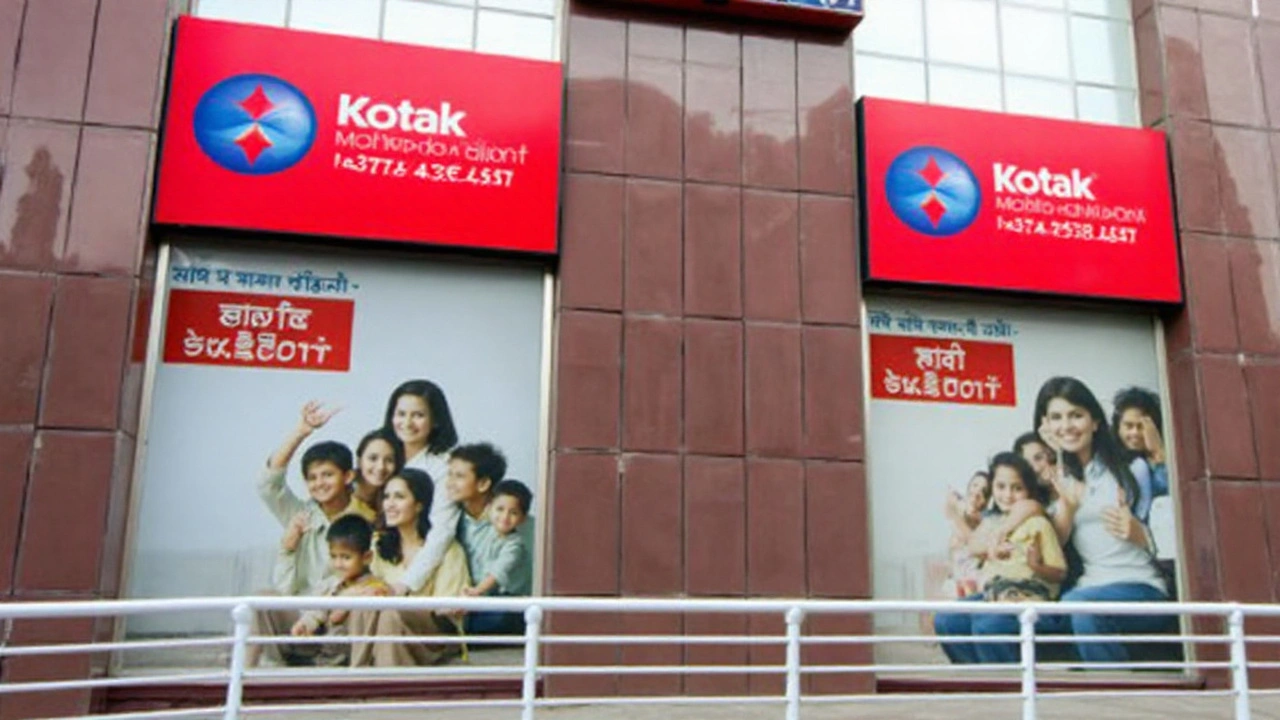Savings Account India: pick the right account fast
Did you know savings account interest in India can vary a lot between banks? That small difference matters if you keep a decent balance. This page tells you what to check — interest, fees, minimum balance, services — so you pick the right savings account without the confusion.
What really matters when choosing
Interest rate: start here. Compare the rate and how often interest is paid (monthly vs quarterly). Even a 0.5% gap changes your returns over a year.
Minimum balance and charges: many banks charge penalties if you miss the monthly/quarterly minimum. If you don’t want surprises, look for zero-balance or Basic Savings Bank Deposit (BSBD) accounts.
Digital experience: a good mobile app and UPI support save time. Check fund transfer limits, number of free NEFT/IMPS/RTGS transactions, and free ATM withdrawals.
Customer support and branch access: if you prefer in-person help, choose a bank with nearby branches. Otherwise, a reliable online bank might be cheaper and faster.
Useful features and services
Linked fixed deposit or auto-sweep: these give higher interest on excess funds while keeping money accessible. If you hold lumps of cash, an auto-sweep can boost returns without locking money long-term.
Cheque book and debit card: check annual fees and replacement charges. Some banks give unlimited free debit card replacements and free ATM networks.
Special accounts: senior citizen accounts often offer higher interest and relaxed limits. Student and salary accounts usually waive minimum balance rules — handy if you’re young or on payroll benefits.
Tax and limits: interest on savings is taxable. Banks credit interest to your PAN. If your total interest from banks crosses the threshold (commonly used limits are Rs 40,000 for general and Rs 50,000 for senior citizens), banks may deduct TDS. Keep records and use Form 15G/15H if you’re eligible to avoid TDS.
Documents and how to open: banks ask for proof of identity (Aadhaar, passport, driving licence), PAN, passport-size photo, and address proof. Many banks let you open an account online using Aadhaar e-KYC and an OTP — quick and paperless.
Practical tips: 1) Don’t chase small interest differences if a bank charges high fees. 2) Use UPI and netbanking daily to avoid inactivity. 3) Link a nominee to the account right away. 4) Check fall-back charges like ATM fees and NEFT limits.
Want a recommendation? If you want low maintenance and basic services, pick a zero-balance or salary-linked account from a reputed bank. If you keep higher balances and want better returns, choose a bank with sweep-in FDs and a higher savings rate. Compare two or three options, read the fee schedule, and open the one that fits your cash habits.
Open the account you’ll actually use — good tech, clear fees, and the right features beat a slightly higher interest rate that comes with hidden charges.

Kotak 811 is a mobile-first, zero-balance savings account launched after demonetization to push cashless banking. It comes in four variants—Lite, Limited KYC, Full KYC, and EDGE—with interest up to 4.00% p.a. Most variants don’t need a minimum balance, while EDGE requires Rs 10,000 AMB. Accounts are single-holder only, with features like cheque books and unlimited transactions depending on the plan.
Read More